I used the Japanese low-waste concept of 'Mottainai' to organize my busiest kitchen cabinets and decluttered with ease
It's taught me everything can serve a purpose
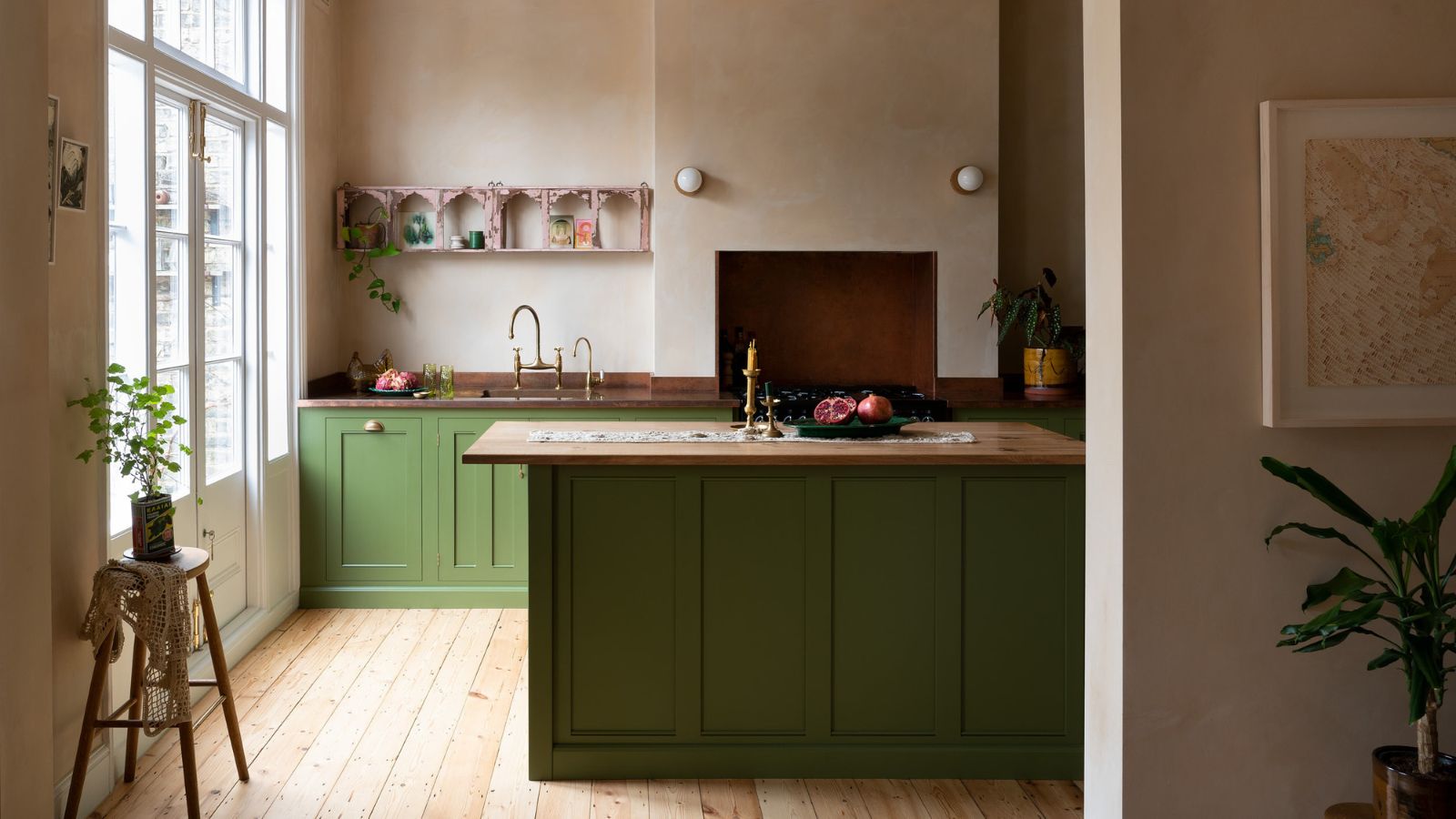

If there’s one thing that irks me more than having a cluttered home, it’s a wasteful one. Whilst I know some household waste, is inevitable, I try to do my bit to avoid over-consumption wherever I can.
One concept that lives and breathes this philosophy is the Japanese philosophy of Mottainai, which is the method of not being wasteful. After speaking to organizing pros, I decluttered my busiest kitchen cabinets, something I have found tricky in the past, with the facets of Mottainai firmly in mind.
It was so effective, I'll now be using this not only to declutter my kitchen, but many other areas of my home.
What is the Japanese concept of Mottainai?
In short, Mottainai is the art of encouraging the mindful use of resources. Or, as Lilian Chiu, professional organizer and owner of Peony Professional Organizing puts it, Mottainai is the Japanese concept of not being wasteful. ‘It's about valuing and respecting our resources in this world,’ the expert explains. ‘By having a meaningful connection with our things, we avoid wastefulness.’
The concept aligns with the under-consumption trend, which is all about using up everything we buy before buying new. To some, this might seem like common sense. But in a world driven by consumerism, it's refreshing to see.
While Mottainai isn't necessarily a decluttering technique, Lilian tells me it can be applied much like a decluttering golden rule, making it easier to clear your belongings, and declutter your kitchen cabinets. The Mottainai concept can even be used to easily organize chaotic clothes drawers, too.
‘If you decide to declutter an item, we like to educate our clients about what they can do with it,' the expert says. 'Donating the item is a great option as others may find it useful in their lives,' Lilian suggests. 'I also recommend giving it to a friend or to another in the community via 'Buy Nothing' groups so that others may reuse or re-purpose the item. Recycling or composting are also wonderful options if they apply,’ Lilian adds.
Design expertise in your inbox – from inspiring decorating ideas and beautiful celebrity homes to practical gardening advice and shopping round-ups.
1. It helped me streamline my busiest cabinets without waste
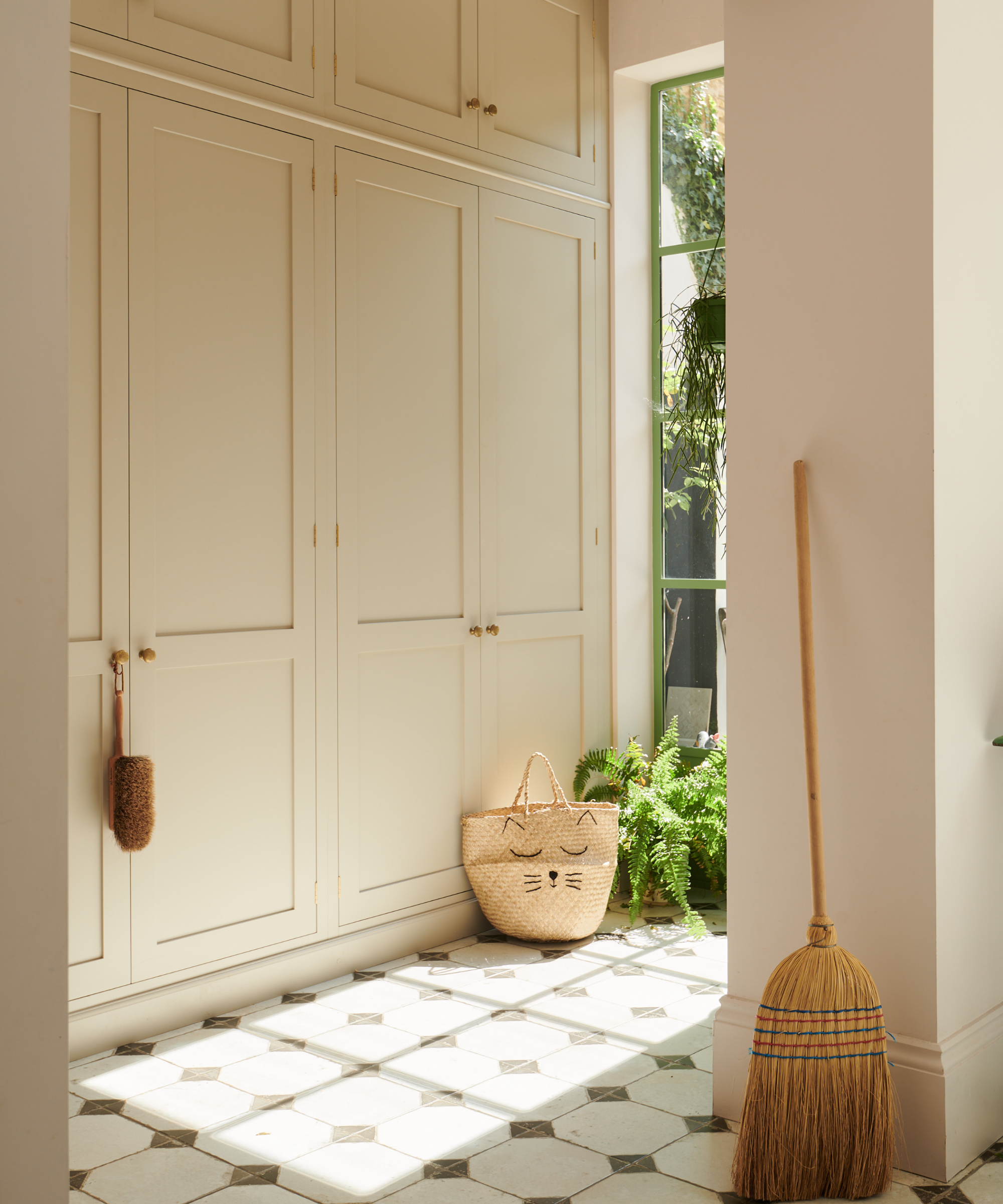
Decluttering my small kitchen isn't something I tend to do every week or month. It's one of the busiest spaces in my home, so if I'm not using it to cook, entertain or spend time with my loved ones, my partner is.
I know there are a number of things that always make your kitchen look cluttered, such as leaving lots of small appliances on the countertop, or keeping utensils within reach on surfaces. So while I might keep the countertops pretty clear, my cabinets are usually full to the brim.
I decided to tackle my cabinets one by one. First up was my glassware store. I took all the glasses out and used a microfiber cloth, like this FIXSMITH Microfiber Cleaning Cloth from Amazon, with some 4.5-star rated Method Antibacterial All-Purpose Cleaner, available Walmart, to clean the shelves.

After
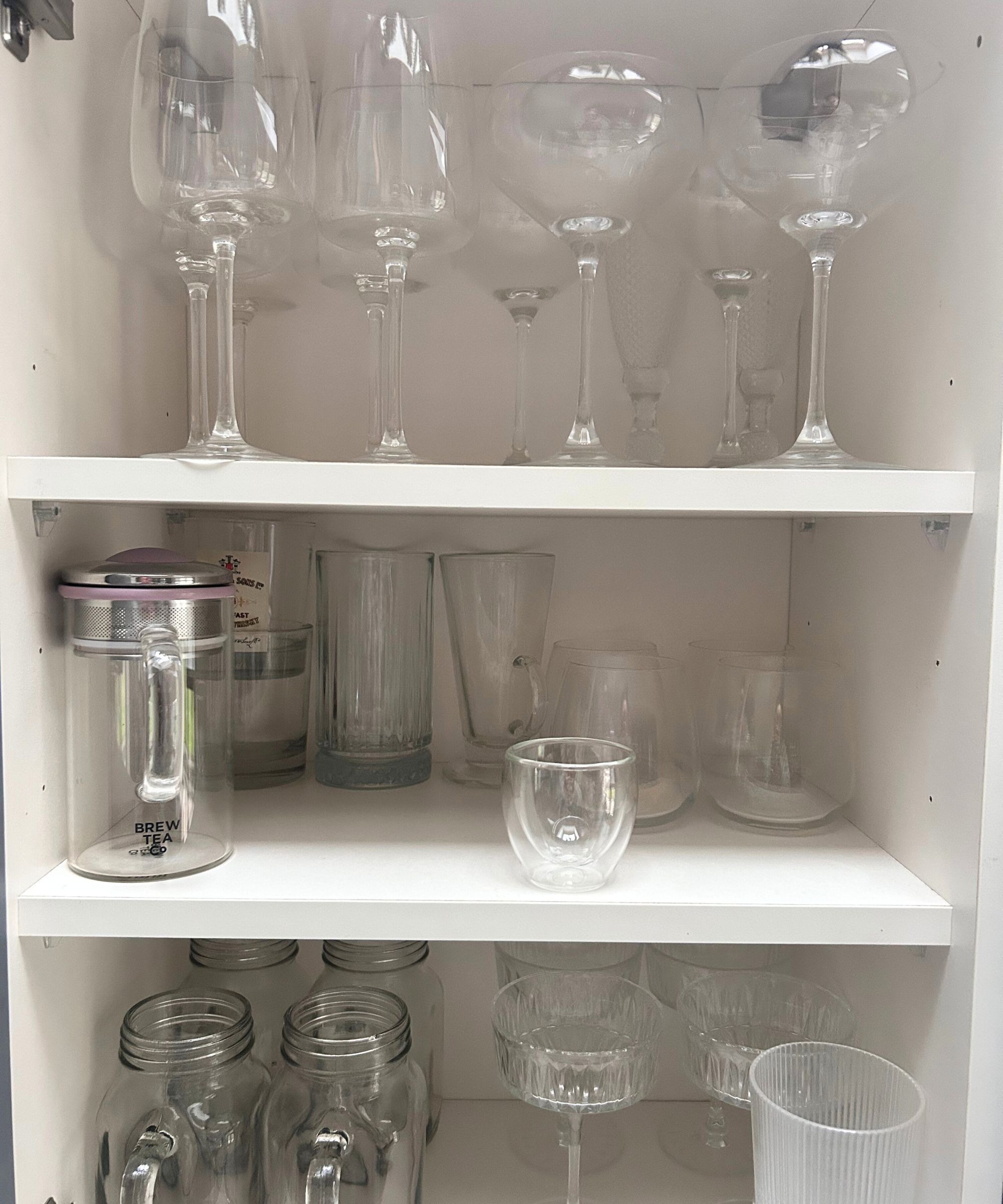
Before
Next up, I needed to decide which glasses I wanted to keep, recycle or reuse. To help, home organizer, Meaghan Kessman, recommended asking myself two questions:
- Can this item serve another purpose?
- Might someone else benefit from this?'
With these parameters in mind, I earmarked some unused champagne coupes to re-purpose as candle holders (it turns out you can never have too many), and I place some water-stained drinking glasses to one side.
After learning how to get rid of hard water stains and getting them looking brand new again, I donated them. This extra step helped make use of items I would have otherwise consigned to the trash.
So far, so good.
2. I can now find things more easily
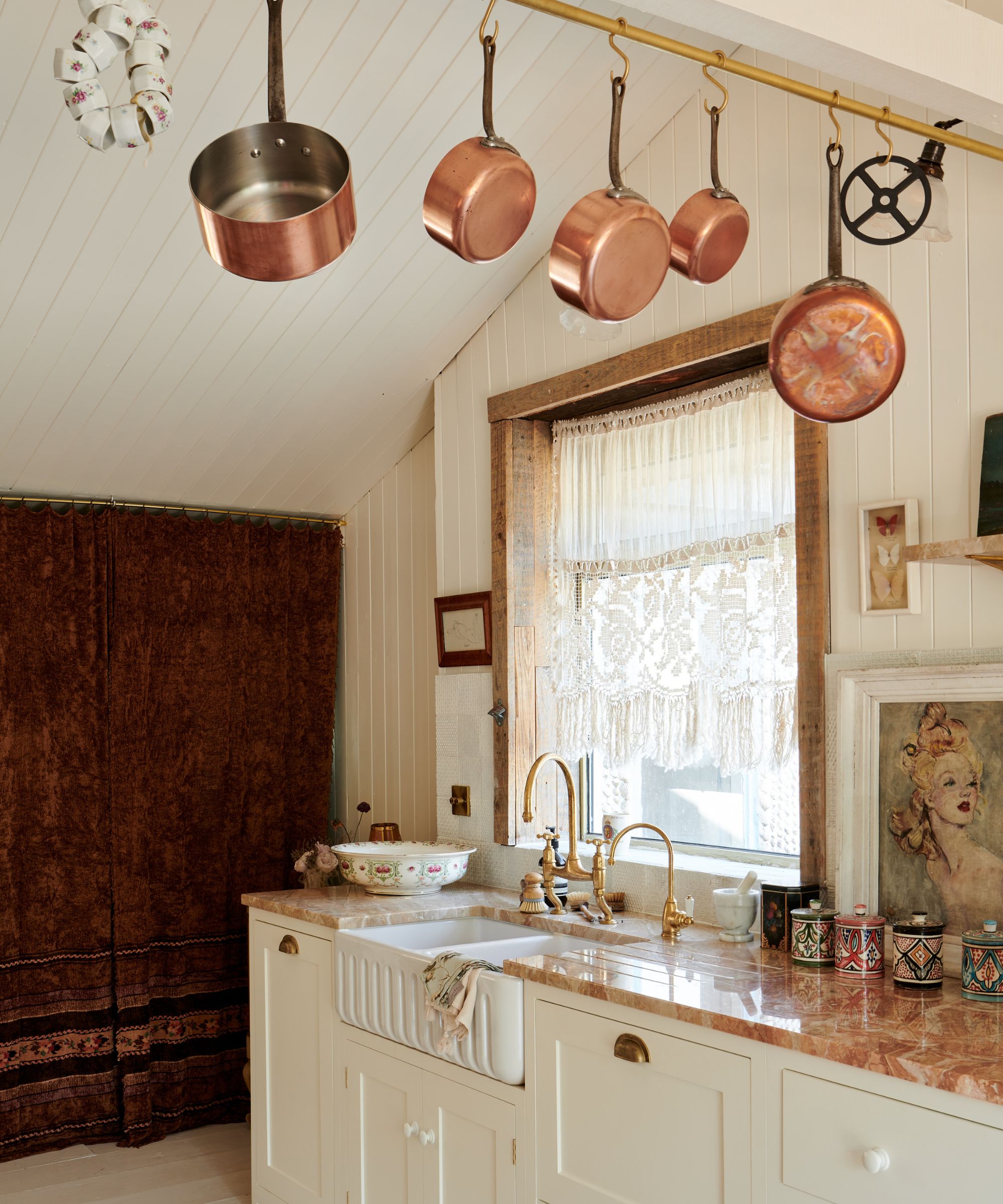
My spice cupboard was next. For far too long I've been meaning to organize my spices in a neat and orderly fashion.
In an ideal world, I would have the time, space and budget to decant each spice into its own jar, like these transparent Glass Square Spice Jars from Target, that come with a metal cap to keep the freshness intact. I'd also invest in some minimalist Spice Jar Labels, like these paired-back options from Amazon, which I could then stick to said jars.
But, in keeping with the concept of Mottainai, my mission here is to value and respect the resources I already have. Not add more items to my home.
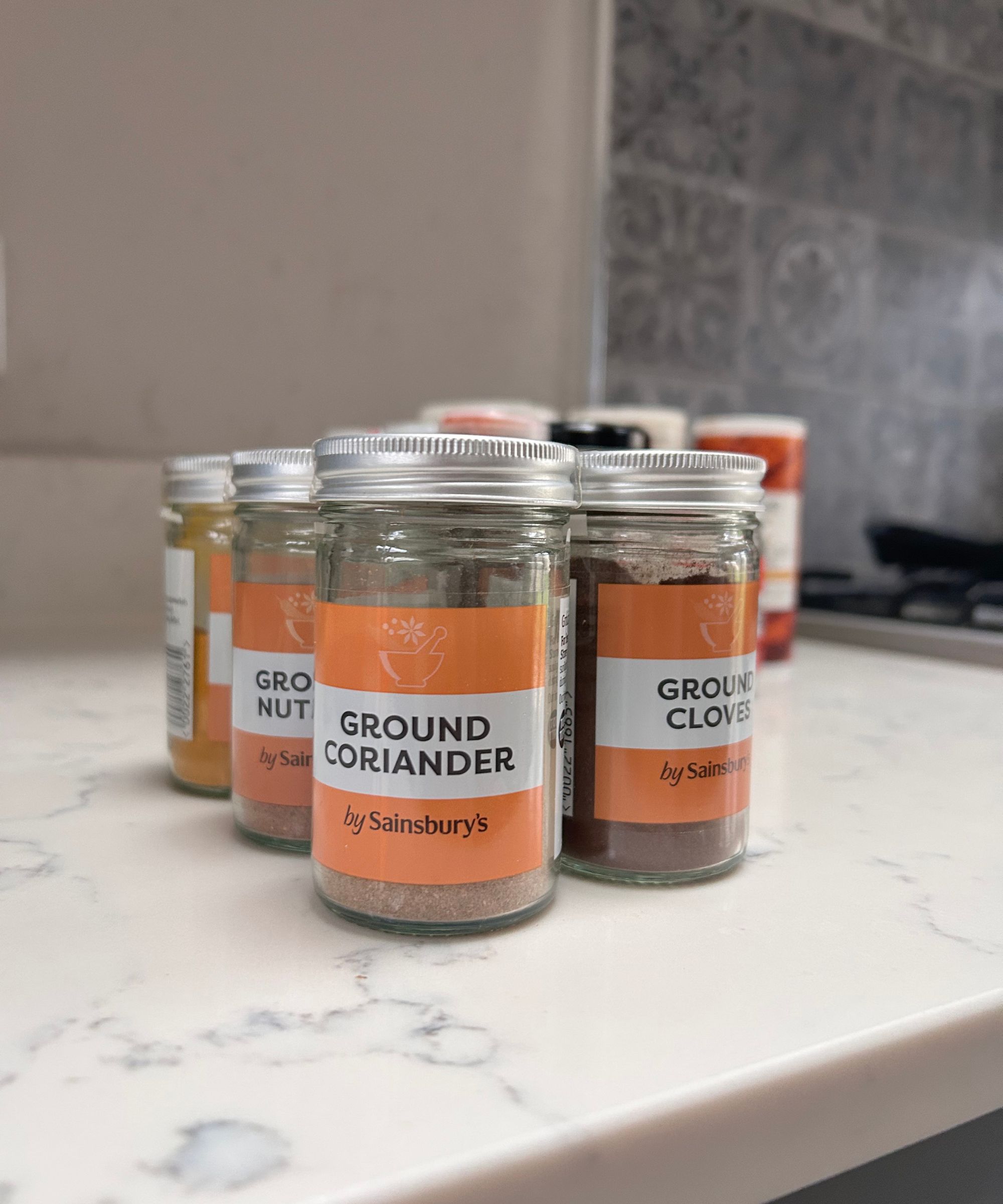
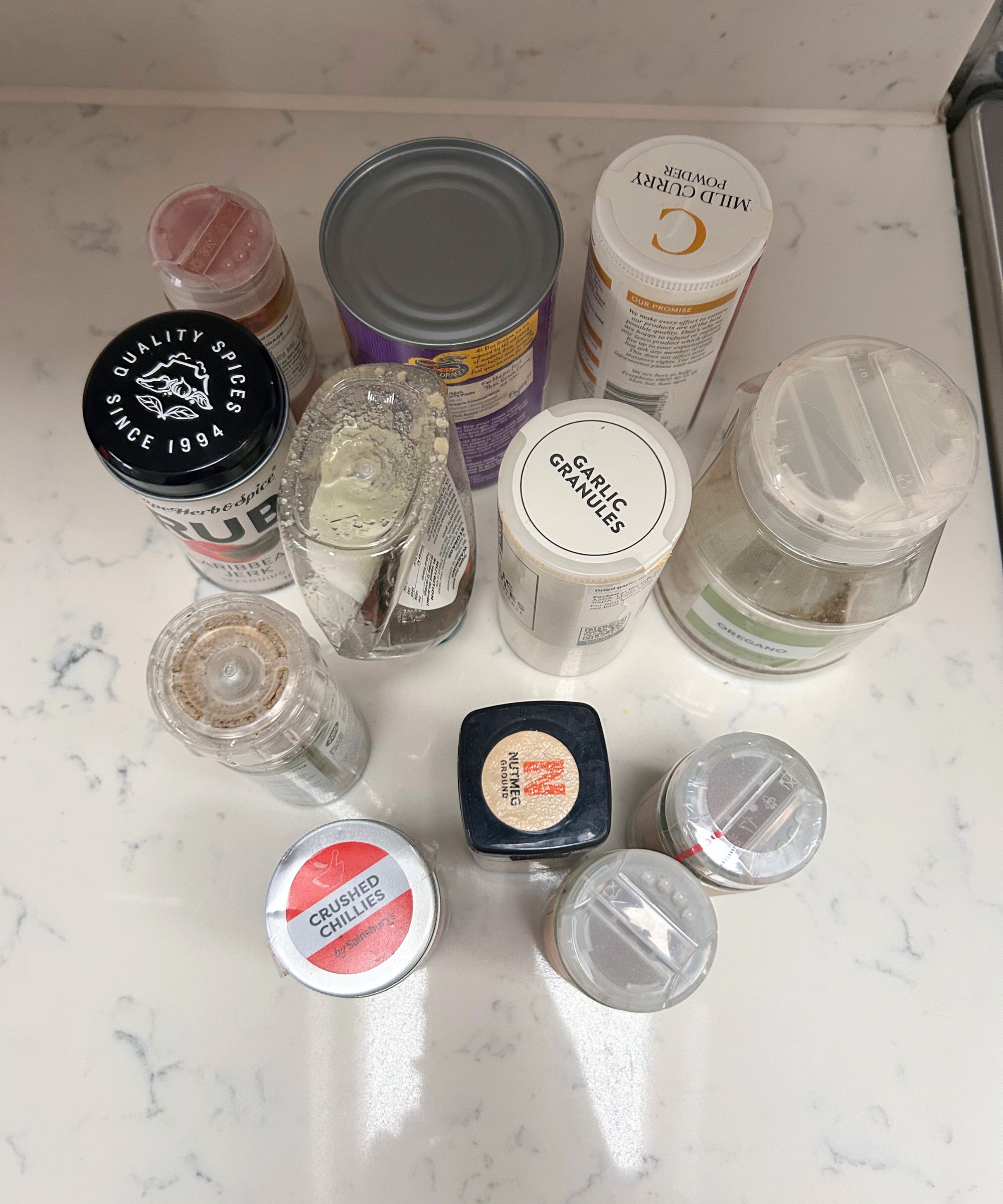
Before
Therefore, I repeated the process of decluttering my kitchen cabinet by taking all of my spices out and wiping down the insides. I checked the use-by dates and tipped any duplicates of the same item into one jar or pack.
All of my spices tend to come in glass jars, which is handy because I recycle any empty ones. Overall, I was left with more space than before and didn't have any waste. There was certainly no declutter regret for me in this busy area of my kitchen!
I restocked my cupboards with all items facing forward, so they could be easily found and, perhaps more importantly, used!
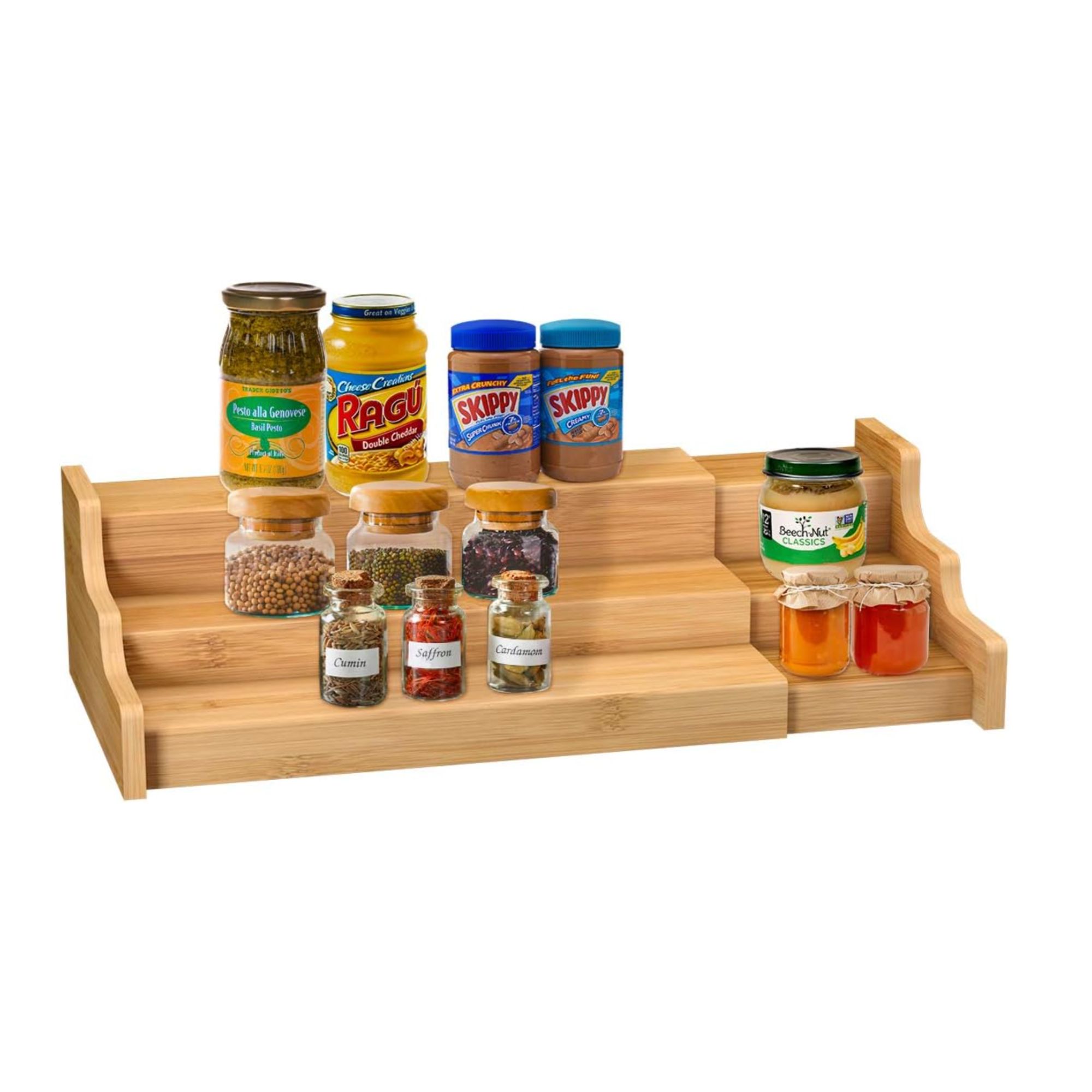
While I won't be buying anything new anytime soon, I have my eye on this extendable spice rack. Made from bamboo, it's biodegradable and made from sustainable materials, and will help lift up the back row of items in a cabinet so you don't forget it's there or end up buying wasteful duplicates.
3. I've given previously unwanted items a new lease of life
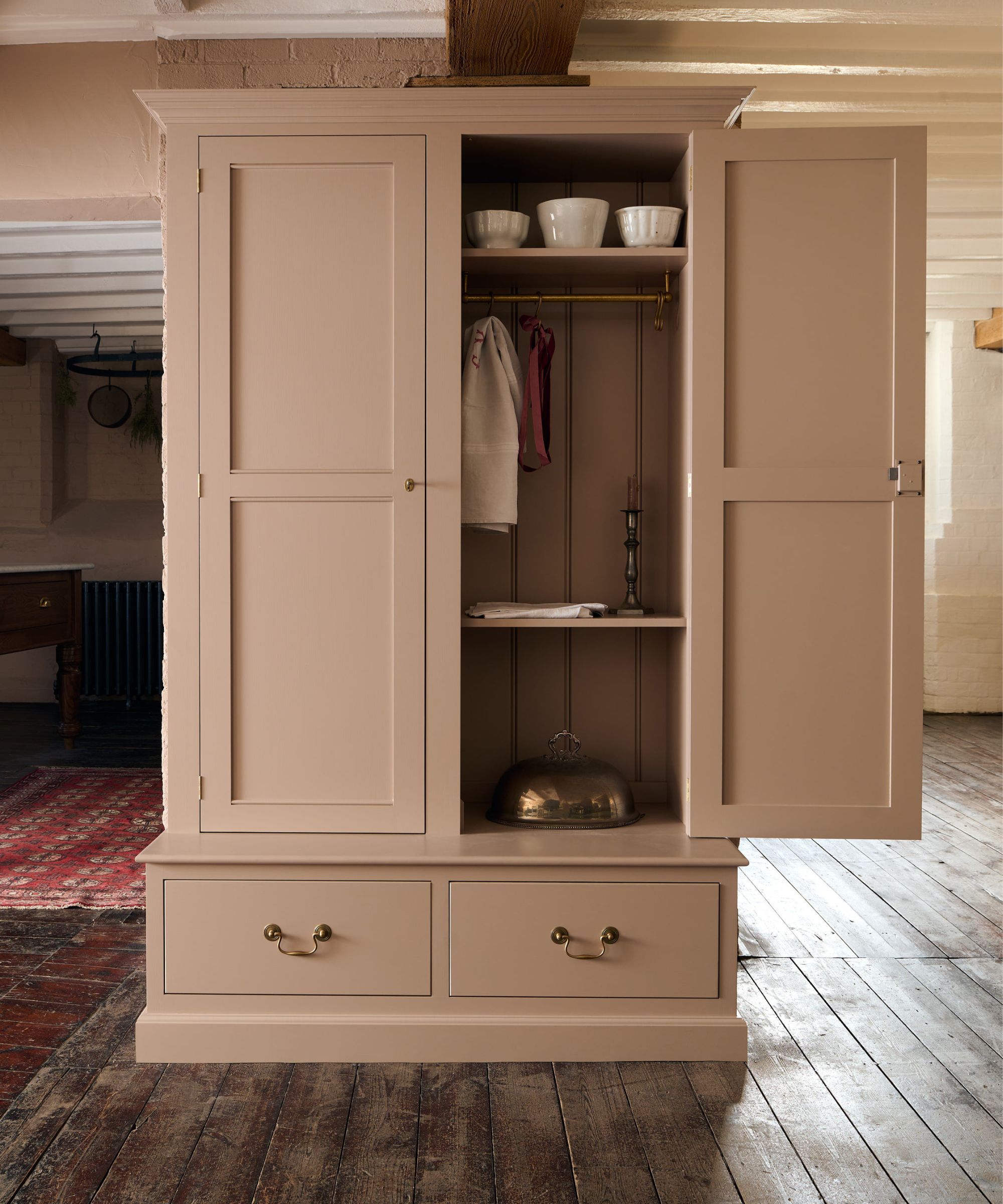
The great thing about Mottainai is that it's more than just a philosophy you can use to help you declutter your home. I love the fact this Japanese concept helps you make the most of everything you have, and turns everyday items into a meaningful object that serves a purpose.
For example, in my third and final kitchen decluttering bout, I decided to tackle the snack cupboard.
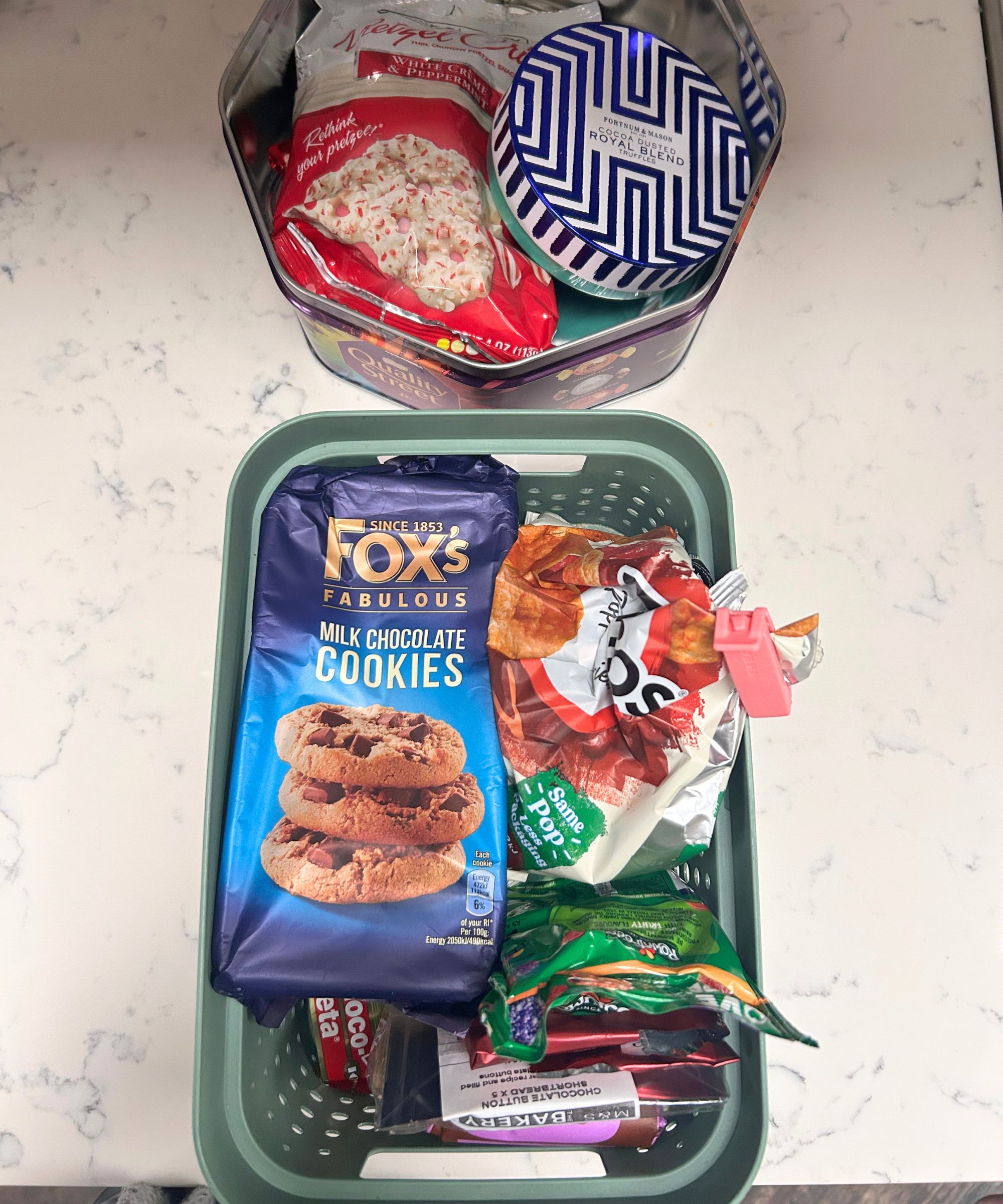
After
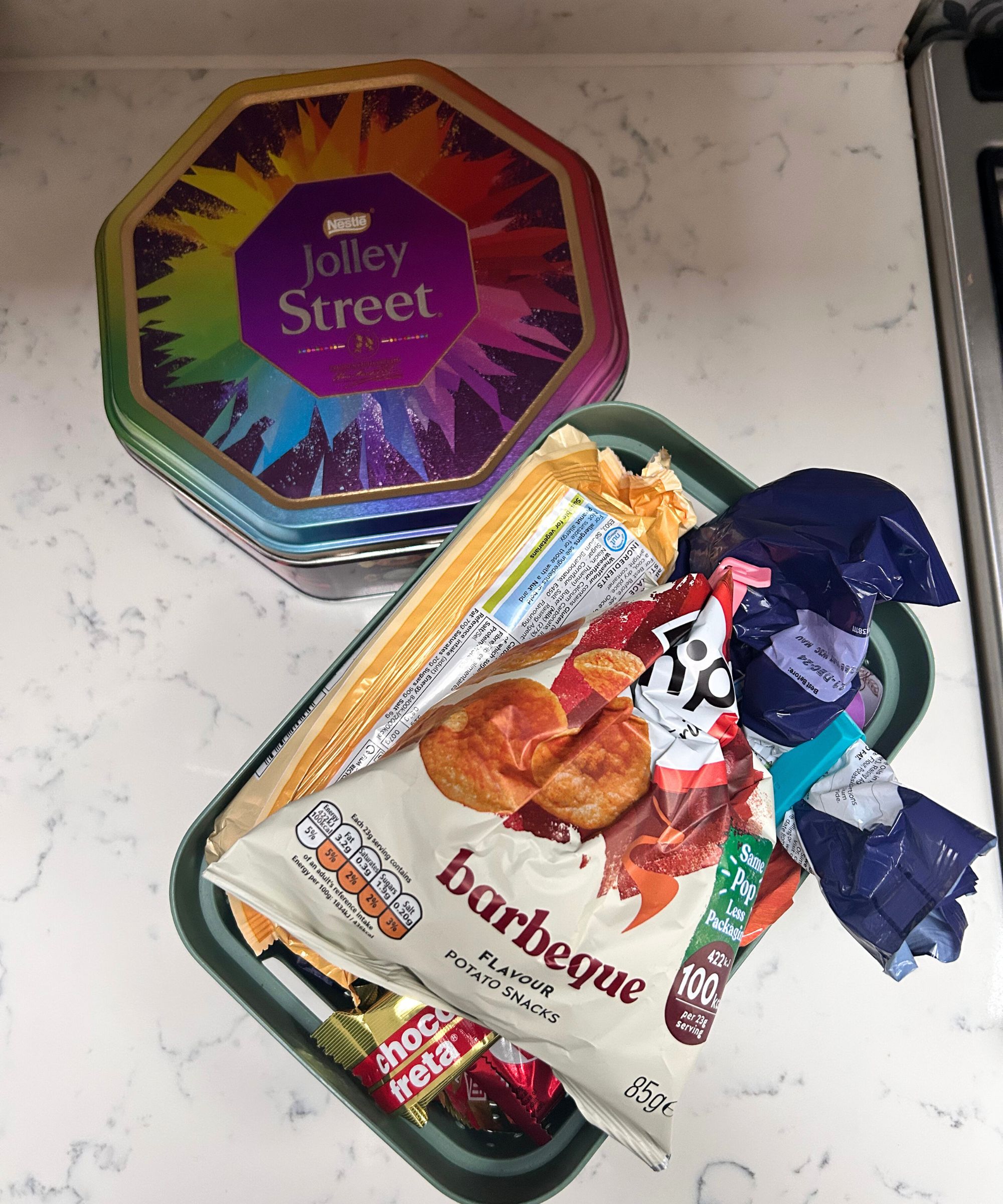
Before
As you might imagine, after Christmas, my snack store was looking pretty full. Some items, such as a metal Quality Street tin, which was once full of chocolates but now empty, would typically end up in my recycling.
However, instead of throwing this colorful tin away or buying another storage basket, like this white Mainstays Large Easy Access Plastic Storage Bin from Walmart to house our snacks and treats, I decided to re-purpose it and use it as a form of storage in its own right.
The concept of Mottainai has certainly given me a renewed appreciation for the belongings I choose to keep.
My verdict
Ever since trying out the 90/90 decluttering rule earlier this year, I've taken on a 'less is more' approach to consumption, especially in the wardrobe department. However, using the Japanese concept of Mottanai to help me declutter my kitchen, especially the busiest cabinets, has reinforced the fact that this same method of 'waste not want not' can be applied to other aspects of my home life.
Completing this decluttering challenge has helped me become more mindful of the items I bring into my home and inspired more thoughtful decisions about using, donating, or re-purposing items.
As home organizer Meaghan adds, 'Sometimes, a simple shift in perspective can make all the difference.' And that it does!
Shopping essentials
Meaningful and well-thought out purchases won't be wasteful as they will help you in the future to avoid duplication and food waste. These three kitchen storage ideas are among our favorites, and most useful, here at Homes & Gardens:
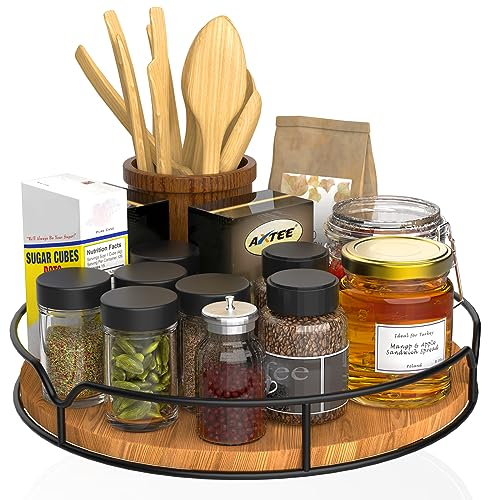
This pine wood 9-inch rotating organizer enhances visibility, therefore stopping unnecessary purchases. It also helps keep your space organized as you won't have to pull everything out to reach items in the back.
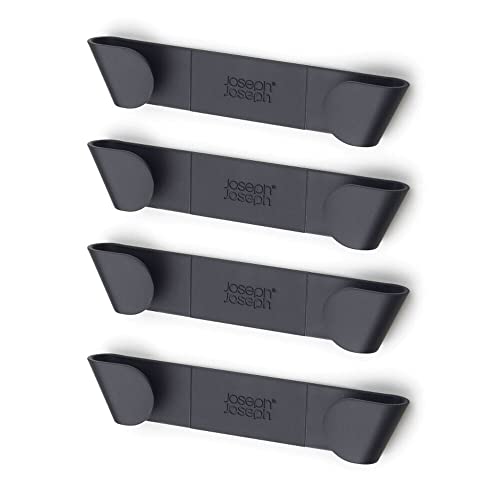
Head of Solved Punteha van Terheyden rates these lid holders, which she has in her congested corner cabinet. She says, 'Lids were cluttering up space inside an awkward storage area but now they're neatly stored on the inside of the door.'
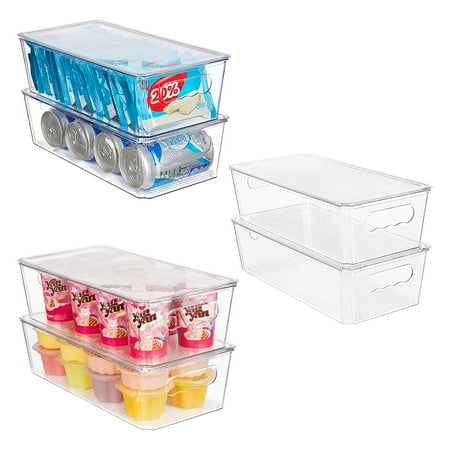
Stacking clear bins in pantries and cabinets will save wasted vertical space and maximize your storage. It'll help keep things organized moving forward too as you'll be able to see what's inside without having to pull it all out.
If you're all decluttered out, why not learn how to embrace the Japanese cleaning tradition of Oosouji, or using Wabi-sabi to organize a home? This is a deep-cleaning practice you can make use of all over your home.

Rebecca was a senior digital writer at Hearst Magazines before leaving her role to go freelance in 2019. Since then, she has written extensive homes and lifestyle content for leading brands including Homes & Gardens, Livingetc, Real Homes, Good Housekeeping, Kitchens, Bedrooms & Bathrooms and House Beautiful. When she's not writing, Becks is trying out the latest viral cleaning and organizing hacks to see if they actually work, decluttering her home (because less is more this spring), or color-coding her bookshelf.